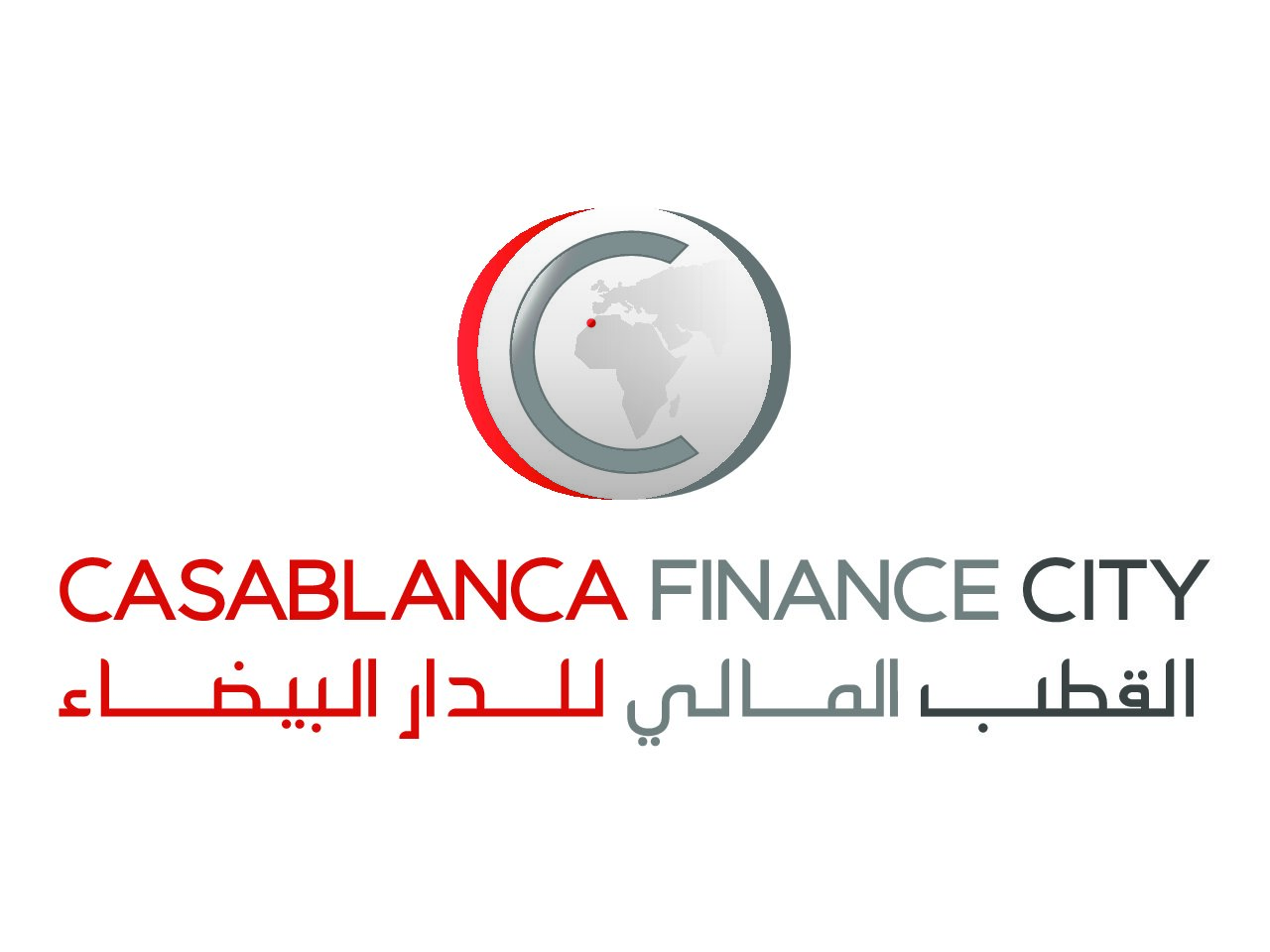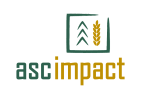republic of the congo mining sector
The Republic of the Congo has a long and intricate history of mining. For decades, the extraction of natural resources has been a fundamental part of the nation’s economy and development. From the early days of iron ore mining to the recent expansion into a variety of minerals, the Congo’s journey has been one of both opportunity and challenge.
Pre-Colonial and Colonial Mining Activities
Before colonization, the inhabitants of the Congo region engaged in small-scale mining, primarily of copper and iron. These metals were used for tools, weapons, and ceremonial objects, showing the early significance of mining in the cultural and practical lives of the Congolese people.
With the arrival of European colonizers in the late 19th century, mining activities became more structured and intensified. The Belgians, who controlled the neighboring Belgian Congo (now the Democratic Republic of Congo), extended their influence into Congo-Brazzaville, exploiting the region’s resources for the European market. This period laid the groundwork for the industrial-scale mining that would emerge post-independence.
The Boom of the 1950s and Independence
by Seth Doyle (https://unsplash.com/@sxth)
The 1950s marked the beginning of significant mineral extraction in the Congo, with large-scale exploitation of iron ore reserves in the Mayoko district in the south. This development coincided with the country’s move towards independence, which was achieved in 1960.
As the newly independent Republic of the Congo began to build its economy, the mining sector was seen as a key driver of growth. The national government took steps to establish a mining industry that could operate on a global scale, attracting foreign investment and expertise.
Post-Independence Developments and Privatization
Following independence, the Congolese government maintained control over the mining sector. However, in the 1990s, a wave of economic reforms swept across many African nations, including the Congo. The government initiated a privatization program for state-owned mining companies, aiming to increase efficiency and production.
by Tim Altmann (https://unsplash.com/@timaltmann)
The privatization process opened the doors for international mining corporations to enter the Congolese market. It also coincided with the discovery of substantial oil reserves, which would come to dominate the country’s export economy. The resulting influx of foreign capital and technology led to a significant transformation of the mining sector.
Resource Extraction in the Congo
The Republic of the Congo is endowed with a wealth of natural resources, ranging from hydrocarbons to precious metals and timber. The extraction of these resources has shaped the country’s economic landscape, creating both wealth and challenges.
The Dominance of Oil
by Timon Studler (https://unsplash.com/@derstudi)
Oil is the primary resource extracted in the Congo, accounting for over 80% of the country’s total exports. The country’s first oil field was discovered in 1957 near the coastal city of Pointe-Noire, and since then, it has become the cornerstone of the Congolese economy.
The oil industry has attracted significant foreign investment from global energy companies, creating jobs and boosting the country’s GDP. However, the sector has also faced criticism for its environmental impact and the perception that it has not sufficiently benefited the wider Congolese population.
Mining of Precious Metals and Minerals
Beyond oil, the Congo is rich in a variety of other natural resources. Precious metals such as gold and diamonds, as well as strategic minerals like cobalt, copper, and iron ore, are found in the country’s diverse geological formations.
by Takemaru Hirai (https://unsplash.com/@takemaru)
Foreign mining companies, attracted by the rich deposits and the government’s open-door policy, have set up operations across the country. These mining activities have contributed to the nation’s exports and fiscal revenue, though they have also raised concerns about environmental sustainability and equitable distribution of wealth.
Timber and Other Natural Resources
While not as prominent as mining and oil extraction, the harvesting of timber is another significant sector within the Congolese economy. The country’s vast rainforests provide a source of valuable hardwoods, which are exported worldwide.
Unfortunately, like other resource extraction activities, timber harvesting has come with its own set of environmental issues. Deforestation and habitat destruction are ongoing concerns, prompting calls for more sustainable management practices.
Economic Development Through Mining
The mining sector’s contributions to the Republic of the Congo’s economy are multifaceted, driving growth and development in various ways. Despite the challenges, the sector has been a major source of revenue and employment for the nation.
Contribution to GDP and Government Revenues
by Kenny Eliason (https://unsplash.com/@neonbrand)
The mining sector has played a vital role in the economic development of the Republic of the Congo. The country’s GDP grew by an average of 6% annually between 2000 and 2015, due in part to the booming mining sector. This growth has not only been reflected in raw numbers but also in the development of the nation’s infrastructure and the improvement of public services.
Government revenues from the mining sector have funded a range of social programs, including education and healthcare. The sector’s contributions have also facilitated the development of other industries, such as manufacturing and services, diversifying the economy beyond resource extraction.
Job Creation and Skill Development
The expansion of the mining sector has led to the creation of numerous jobs, both directly within the industry and indirectly in supporting sectors. Employment opportunities in mining have provided many Congolese with a pathway to improved economic prospects.
Furthermore, the presence of international mining companies has facilitated the transfer of skills and knowledge to the local workforce. Training programs and partnerships with educational institutions have helped in building a skilled labor force capable of supporting the industry’s long-term sustainability.
Infrastructure Development
by Tolu Olubode (https://unsplash.com/@toluobde)
A significant indirect benefit of the mining sector is the development of infrastructure. Mining companies often invest in building roads, ports, and power facilities to support their operations, which can also serve surrounding communities.
The government has leveraged mining revenues to fund large-scale infrastructure projects, such as the construction of dams for hydroelectric power and the expansion of the transportation network. These projects have had a positive ripple effect on the economy, facilitating trade and improving access to markets and services.
Challenges Facing the Congo Mining Sector
Despite the Congo mining sector’s many successes, it faces a series of challenges that must be addressed to unlock its full potential. These challenges range from infrastructural deficits to social and political issues that can undermine the sector’s stability and growth.
Lack of Infrastructure
by Janelle Ang (https://unsplash.com/@jinjams)
The lack of adequate infrastructure is a significant obstacle for the mining sector in the Congo. Many mining sites are in remote areas with poor road networks and limited access to electricity and water. This hampers the ability to transport extracted resources effectively and increases production costs for mining companies.
To address this challenge, the government has sought partnerships with international organizations and foreign investors to improve infrastructure. While there have been advancements, such as the construction of new roads and power plants, the pace of development has been slow. Continued investment and a strategic approach are necessary to ensure that the mining sector can thrive.
Political Instability
by Colin Lloyd (https://unsplash.com/@onthesearchforpineapples)
Political instability has been a recurring issue in the Republic of the Congo. Frequent conflicts and coups d’état have created an uncertain environment that can deter foreign investment and disrupt mining operations.
The volatility in the political landscape has led to a lack of trust and confidence in the government. To attract and maintain foreign investment, the country must demonstrate a commitment to political stability and provide assurances that the mining sector can operate without undue interference.
Environmental Concerns
The mining sector’s environmental impact is a growing concern. Deforestation, soil erosion, and water pollution resulting from mining activities have prompted criticism from environmental groups and affected communities.
The government and mining companies are under pressure to adopt more sustainable practices. This includes better waste management, site rehabilitation, and adherence to international environmental standards. Failure to address these concerns could lead to long-term ecological damage and tarnish the sector’s reputation.
Corruption and Mismanagement
Corruption and mismanagement within the mining sector have had far-reaching effects, including diminished public trust and the loss of potential revenues. Allegations of bribery, embezzlement, and the misallocation of funds have been a barrier to the sector’s development.
by Johnnathan Tshibangu (https://unsplash.com/@misterjo)
The government’s efforts to combat these issues are crucial. By strengthening legal frameworks, enhancing oversight, and promoting good governance, the Congo can work to eliminate corrupt practices and ensure that the benefits of mining are felt throughout society.
The Future of the Congo Mining Sector
Looking ahead, the Congo mining sector stands at a crossroads. With abundant resources and growing global demand, the potential for further growth is significant. However, realizing this potential will require addressing current challenges and embracing innovation.
Investments in Technology
by Joshua Hoehne (https://unsplash.com/@joshua_hoehne)
The implementation of advanced technology in mining operations can lead to increased efficiency, reduced environmental impact, and lower production costs. The Congolese government has acknowledged the importance of technology and is seeking to attract foreign investment in this area.
By embracing technologies such as automation, remote sensing, and data analytics, mining companies in the Congo can enhance their competitiveness and sustainability. This technological shift has the potential to create new job opportunities and stimulate the development of related sectors.
Diversification of Resources
To reduce its reliance on oil and ensure the long-term sustainability of the mining sector, the Congolese government is exploring the development of other minerals. Investing in the extraction of resources such as cobalt, which is essential for the production of electric batteries, could position the Congo as a key player in the green economy.
by Daniela Paola Alchapar (https://unsplash.com/@paoalchapar)
Additionally, diversifying into non-mineral sectors, such as agriculture and tourism, can provide a buffer against the volatility of commodity prices and create a more balanced economic landscape.
Transparency and Accountability
To address issues of corruption and mismanagement, the government has introduced measures to increase transparency and accountability within the mining sector. This includes initiatives like the Extractive Industries Transparency Initiative (EITI), which aims to improve governance by making information on mining revenues and contracts publicly available.
by Sardar Faizan (https://unsplash.com/@nexio)
Strengthening regulatory frameworks and enforcing compliance with international standards can help build investor confidence and ensure that mining contributes positively to the Congo’s development.
Strengthening Legal and Regulatory Frameworks
A robust legal and regulatory framework is essential for the mining sector’s stability and growth. The government is working to update mining laws, improve contract enforcement, and protect the rights of communities affected by mining activities.
By providing a clear and fair legal environment, the Congo can attract responsible mining companies that are willing to invest in long-term projects and adhere to best practices in environmental and social governance.
Conclusion
The mining sector has played a crucial role in the economic development of the Republic of the Congo. Despite facing challenges, such as political instability and corruption, the sector continues to grow, attracting foreign investment and creating jobs. With the implementation of effective strategies, investment in technology, and a commitment to transparency and sustainability, the Congo mining sector has the potential to become a leading industry in the country, contributing to its overall growth and prosperity.
by Hector Brasil (https://unsplash.com/@hectorbrasil)










































